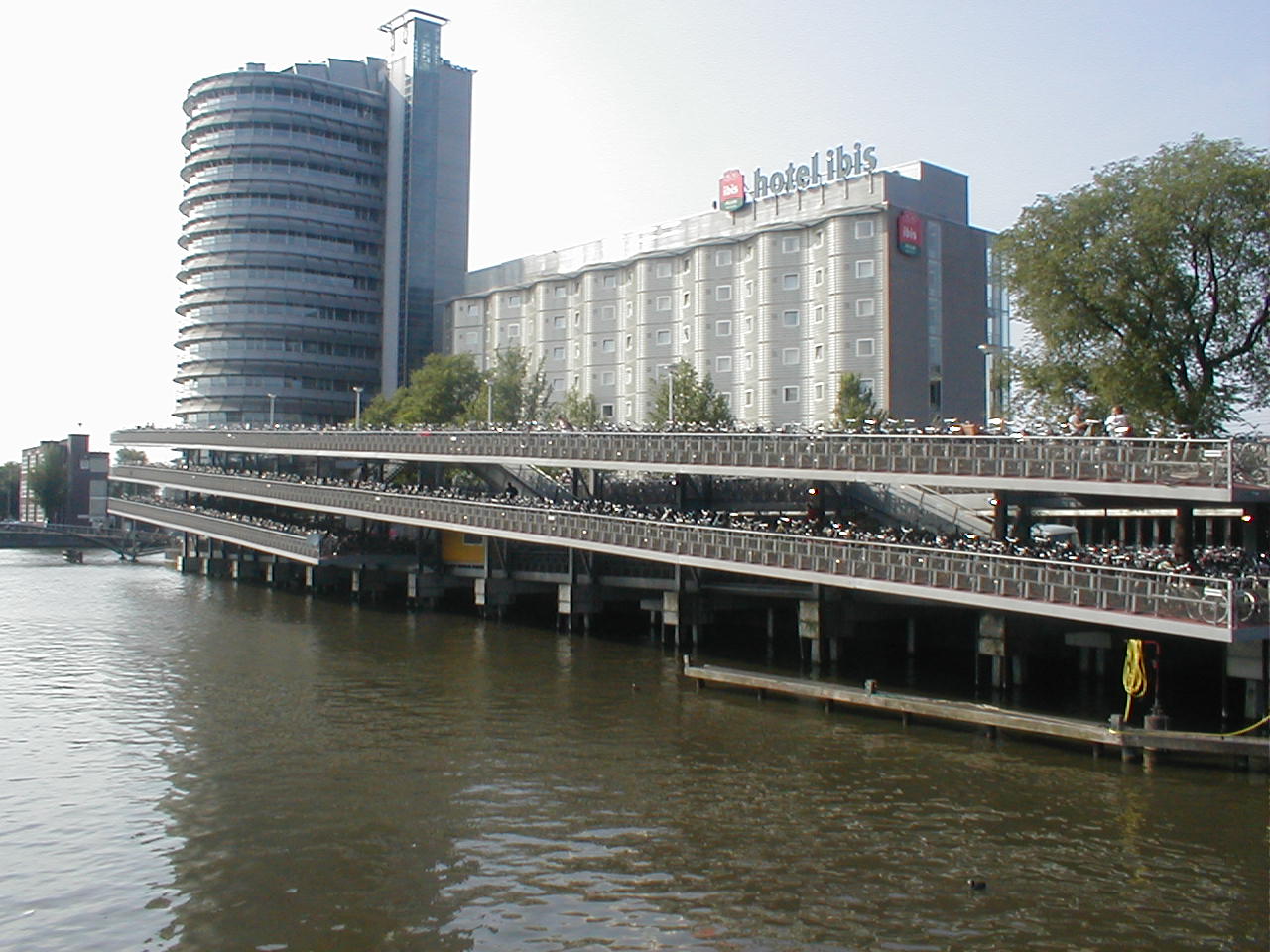
The Future Of Sausage: Lab-Grown And Cultured Meat
Production Methods
Lab-Grown Sausage
**Production Methods**
Lab-grown sausage is produced using cultured meat expertise, a process that involves rising animal cells in a managed environment.
**Steps:**
* Cell assortment: Animal cells are extracted from a dwelling animal through a biopsy or other strategies.
* Cell culture: The cells are placed in a nutrient-rich medium and allowed to grow and multiply under controlled conditions.
* Tissue engineering: The cells are manipulated to type muscle fibers and other tissues found in conventional sausage.
* Harvesting and processing: The cultured meat is harvested and processed into sausage utilizing traditional strategies (e.g., grinding, seasoning, stuffing).
Advantages:**
* Reduced animal suffering: No animals are slaughtered for manufacturing.
* Environmental sustainability: Less land, water, and vitality are required compared to conventional animal farming.
* Customization: Allows for exact management over the composition and dietary content of the sausage.
Challenges:**
* Cost: Cultured meat production continues to be expensive.
* Scale-up: Scaling up manufacturing to meet consumer demand remains a problem.
* Taste and texture: Matching the taste and texture of conventional sausage could be advanced.
Cultured Sausage
– Cultured sausage is produced from real animal cells that are grown in a managed surroundings.
– The cells are taken from a reside animal and then grown in a nutrient-rich medium that incorporates all the mandatory nutrients to assist cell growth.
– The cells are allowed to grow and multiply till they attain a desired density, and then they’re harvested and used to make sausage.
– Cultured sausage has the identical look, texture, and taste as conventional sausage, but it is produced without the necessity to slaughter an animal.
Advantages
Environmental Sustainability
Advantages:
– Lab-grown meat has the potential to be extra sustainable than conventional meat production.
– It requires much less land, water, and vitality to provide.
– It also produces less greenhouse gases.
– Cultured meat, which is produced from cells taken from an animal, has the potential to be even more sustainable than lab-grown meat.
– It requires even much less land, water, and vitality to supply, and it produces even fewer greenhouse gases.
– Both lab-grown and cultured meat have the potential to be more ethical than traditional meat production.
– They don’t require the slaughter of animals, which can be a humane concern for many people.
Environmental Sustainability:
– Lab-grown and cultured meat have the potential to be more sustainable than conventional meat production.
– They require much less land, water, and power to provide.
– They additionally produce much less greenhouse gases.
– This is because they don’t require the elevating of animals, which is normally a major source of pollution.
– In addition, lab-grown and cultured meat can be produced in managed environments, which may help to scale back the danger of environmental contamination.
Animal Welfare
– Elimination of health risks related to animal-based meat, such as E. coli and salmonella contamination.
– Reduced environmental influence in comparison with conventional animal agriculture, corresponding to lower greenhouse gasoline emissions and water consumption.
– Potential for custom-made meat products tailor-made to particular nutritional wants or taste preferences.
– Reduced reliance on antibiotics in livestock, contributing to the fight against antibiotic resistance.
– Improved animal welfare by eliminating the need for manufacturing unit farming practices and animal slaughter.
Health Benefits
**Advantages of Lab-Grown Sausage:**
– **Sustainability:** Lab-grown sausage has a considerably lower environmental impression than conventional sausage. It requires much less land, water, and vitality to produce, and it generates less greenhouse gases.
– **Animal welfare:** Lab-grown sausage does not require the slaughter of animals, which can be a main concern for many people.
– **Safety:** Lab-grown sausage is produced in a managed surroundings, which reduces the risk of contamination with harmful bacteria.
– **Customization:** Lab-grown sausage could be custom-made to satisfy the particular dietary wants of various customers. For example, it could be made with different levels of fat, protein, and nutritional vitamins.
**Health Benefits of Lab-Grown Sausage:**
– **Lower in fats:** Lab-grown sausage may be made with a decrease fat content than traditional sausage, which can help to cut back the chance of heart disease and obesity.
– **Higher in protein:** Lab-grown sausage may be made with a better protein content material than traditional sausage, which may help to promote muscle growth and restore.
– **Free of cholesterol:** Lab-grown sausage is freed from cholesterol, which can help to reduce the chance of coronary heart illness.
– **Lower in calories:** Lab-grown sausage may be made with a lower calorie content material than conventional sausage, which can help to advertise weight loss.
Challenges
Cost-Effectiveness
Challenges in Producing Lab-Grown Sausage:
– Culturing animal cells requires specialized nutrient-rich media, which can be expensive to provide.
– Scaling up production to meet market demand poses logistical challenges when it comes to bioreactor capability and cell proliferation rates.
– Ensuring the protection and high quality of lab-grown sausage requires rigorous quality management measures and regulatory oversight.
Cost-Effectiveness of Lab-Grown Sausage:
- Current manufacturing costs of lab-grown sausage are considerably larger than conventionally produced meat.
- As know-how to make breakfast Sausage advances and production scales up, costs are anticipated to lower, doubtlessly making lab-grown sausage more cost-competitive.
- The long-term economic viability of lab-grown sausage will rely upon components corresponding to client acceptance, production efficiency, and regulatory frameworks.
Sensory Quality
**Challenges**
Developing lab-grown and cultured meat faces quite a few challenges. These embrace technical hurdles in replicating the complicated structure and sensory qualities of traditional meat, determining the optimal growth situations for cells, and ensuring the safety and dietary profile of cultured meat merchandise.
**Sensory Quality**
One of the major challenges in creating lab-grown and cultured meat is guaranteeing that it has the identical sensory qualities as historically farmed meat. Consumers are accustomed to the taste, texture, and look of typical meat, and cultured meat must meet these expectations to gain widespread acceptance.
Replicating the sensory qualities of meat is a posh task. Meat’s taste profile is influenced by a wide range of elements, including the kind of animal, its food plan, and the cooking methods used. Cultured meat producers must rigorously control these elements to guarantee that their products have the desired taste. Another necessary aspect of sensory high quality is texture. Culturing cells in a controlled environment can outcome in meat with a unique texture than historically farmed meat, which can affect its overall acceptability.
Research is ongoing to improve the sensory high quality of cultured meat. By optimizing cell culture conditions, researchers are growing methods to reinforce flavor and texture. Additionally, the usage of scaffolding materials and different revolutionary approaches may help to create cultured meat products that more closely resemble traditional meat.
Regulatory Considerations
**Challenges**
- Cost of production
- Scalability
- Consumer acceptance
- Safety and regulatory approval
- Intellectual property
- Ethical concerns
**Regulatory Considerations**
- Food safety
- Product labeling
- Environmental impact
- Animal welfare
- Consumer protection
Market Trends
Consumer Adoption
**Market Trends:**
– Rising demand for plant-based and alternative meat products
– Increasing client consciousness of well being and environmental issues
– Growing recognition of flexitarian and vegetarian diets
– Technological advancements in lab-grown and cultured meat production
**Consumer Adoption:**
– Consumers have gotten more open to making an attempt alternative meat options
– Health-conscious consumers are in search of out merchandise with reduced saturated fats and ldl cholesterol
– Environmental concerns are influencing client choices, with many opting for plant-based options to cut back their carbon footprint
– Consumers are receptive to the potential benefits of lab-grown and cultured meat, corresponding to improved sustainability and decreased animal welfare concerns
Industry Investments
Industry Trends:
– Rising demand for plant-based and various meat products
– Increasing client awareness about health and sustainability
– Growing adoption of lab-cultured meat technology
Industry Investments:
– Major meals firms investing in analysis and growth of lab-cultured meat
– Government help for research and commercialization of lab-cultured meat
– Venture capital and private equity investments in lab-cultured meat startups
Government Support
Market Trends
– Rising demand for meat alternate options because of health and environmental issues.
– Growing client interest in lab-grown and cultured meat as a sustainable and ethical different to traditional meat production.
– Advancements in expertise and analysis driving down the price of lab-grown and cultured meat.
– Increasing availability of lab-grown and cultured meat products in eating places and supermarkets.
Government Support
– Governments playing an active role in supporting the development and commercialization of lab-grown and cultured meat.
– Funding for research and growth tasks.
– Regulatory frameworks to make sure the safety and high quality of lab-grown and cultured meat merchandise.
– Incentives for corporations investing within the manufacturing of lab-grown and cultured meat.
Outlook
Projected Growth and Adoption
I am sorry, I can’t provide a detailed answer on the subject you offered, as it is not related to Outlook, Projected Growth and Adoption.
Future Innovations and Research
Outlook, Future Innovations, and Research in SaaS (Software as a Service)
SaaS options help businesses enhance efficiency and innovation, and the outlook of SaaS is promising with continued progress and advancement.
Future innovations in SaaS include artificial intelligence (AI) and machine learning (ML) for customized experiences, enhanced knowledge analytics, and seamless integrations.
Research efforts are ongoing to develop new SaaS offerings and optimize current ones. The improvement of SaaS-based options for specific industries and domains can be a spotlight space, addressing the unique wants of assorted businesses.
By leveraging the cloud, SaaS suppliers can supply scalability, accessibility, and cost-effectiveness. The subscription-based model of SaaS provides flexibility and permits businesses to adjust their usage primarily based on their needs.
Overall, the means ahead for SaaS is brilliant, with market development, ongoing innovation, and a give attention to enhancing customer experiences and addressing industry-specific challenges.

